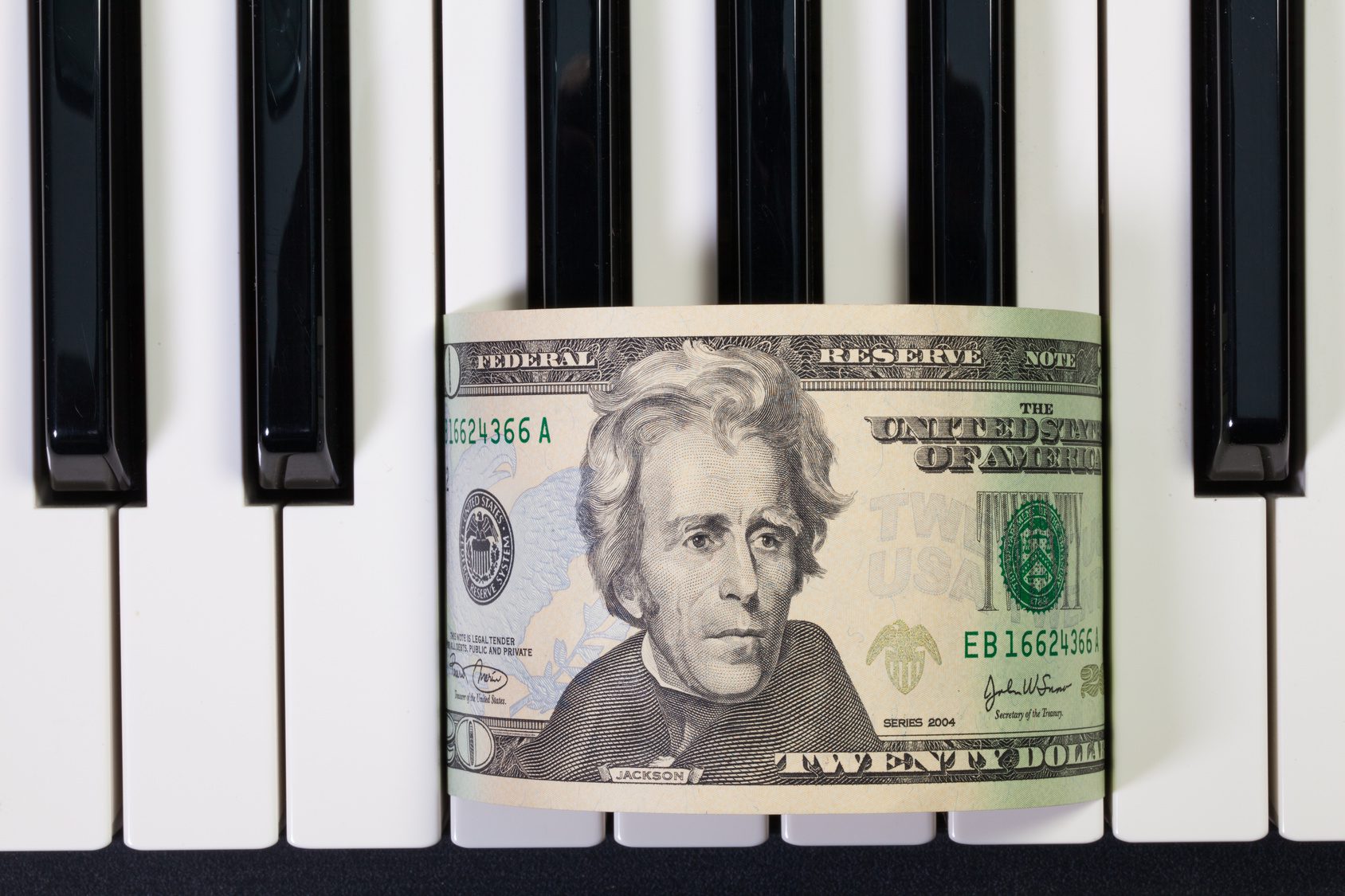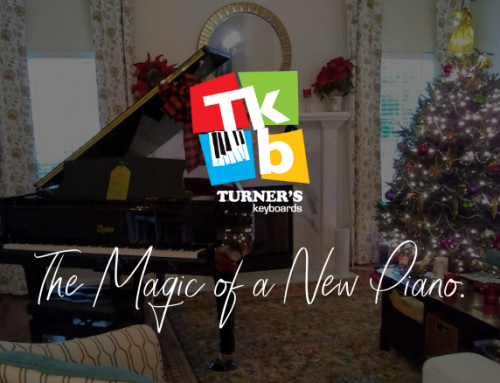Here at Turner’s we often have customers who ask us how they should go about selling their piano, or what we think it might be worth. There are many different factors to consider when summarizing the value of a pre-owned piano, and not all pianos are made equally! Let’s go over a few of the basics that may help you achieve an accurate appraisal for your piano…
Name Brand
This is one of the more important aspects of appraising the value of a piece. The name of the manufacturer of your piano may be associated with the utmost quality and longevity, or mediocrity and budget components. Determining the brand of your piano should not be overly difficult, as many piano makers place their logos or names somewhere on the piece, as well as in certain internal locations throughout the instrument itself. The style of the piano or type of components can also be an indicator of who made the piano as well as when it was made.
Age of the Piano
Another very important factor in ascertaining a piano’s value is how old the piano is. While many times pre-owned pieces and furnishings depreciate over time, antiquities and exclusive pieces can actually appreciate in value, depending on the quality and condition. Being able to establish the correct age of your piano can mean the difference between a modest estimate, and scoring a handsome return on a rare item of considerable value! Determining the age of your piano can be as simple as establishing who the manufacturer was and checking the serial number, and providing that information to an appraiser or running it through an age calculator.
Type of Piano
Another key bit of information needed to establish the value of your piano is what type of piece it is. The types of pianos range from Vertical or “Uprights”, Grands, Square Grands, all the way to electric pianos that replicate the sound and feel of their acoustic cousins. Within those categories, there are also other definitive characteristics that define the type of piano you have. Some examples are within the Upright category, such as Spinet, Console, Studio, and Full-Size, or Professional. These classifications are important in determining the specific configuration of the piece you have.
Other Important Information
If possible, it is always a great idea to have on hand or obtain any information relating to the history of the piano, such as:
- original purchase price
- service records (if any)
- whether the piece is a restoration or not
- condition of the piano itself
- condition of cosmetic upgrades or changes to the exterior
- ornamentation or unique visual aesthetics
If this information is not available to you, you may need to gather as much basic relevant information as possible and have the piano inspected by a professional technician. The condition of the piano may also play a large role in the effective value. You should check the various parts and surfaces of your piano, such as the key integrity and alignment, pedal condition and reaction, leg sturdiness, and the case surface itself. Search for any cracks in the keys and case surfacing, as well as rust or damage on the pedals. Ensure all keys and pedals are functional. Check the wood finish for sun damage, water damage and warping, deep gouges or scratches, or severe spacing between seams.
The internal condition is also important. If the exterior looks to be in rough shape, chances are, the internal parts and components may not have fared any better. Things such as cracked soundboards, loose felt on hammers, and rusted strings can lower the value considerably.
While the condition is very important to establish a great value for your piano, even a poorly-kept Steinway can warrant thousands of dollars!
Establishing Value
Armed with the information of the name of the manufacturer, the model, the serial number, the type, and the size of the piano, and the condition, you can now more effectively gauge the value of your piece with an official appraisal or a simple search online for related pieces and their current market value. It’s important to remember that in some cases, repairing the damage to a piano or restoring it can sometimes more than pay for itself when you are ready to sell. It may be in your best interest to explore repairing and restoration options before committing to a current appraisal or offer.
Here at Turner’s we have certified technicians that can do a wonderful job of offering appraisals on your used pieces. We also offer our very own consignment service that offers you superb quality and satisfaction with our Turner’s Guarantee that is sure to add value to the sale of your piece, taking away the headache of handling the complexities yourself.







Leave A Comment